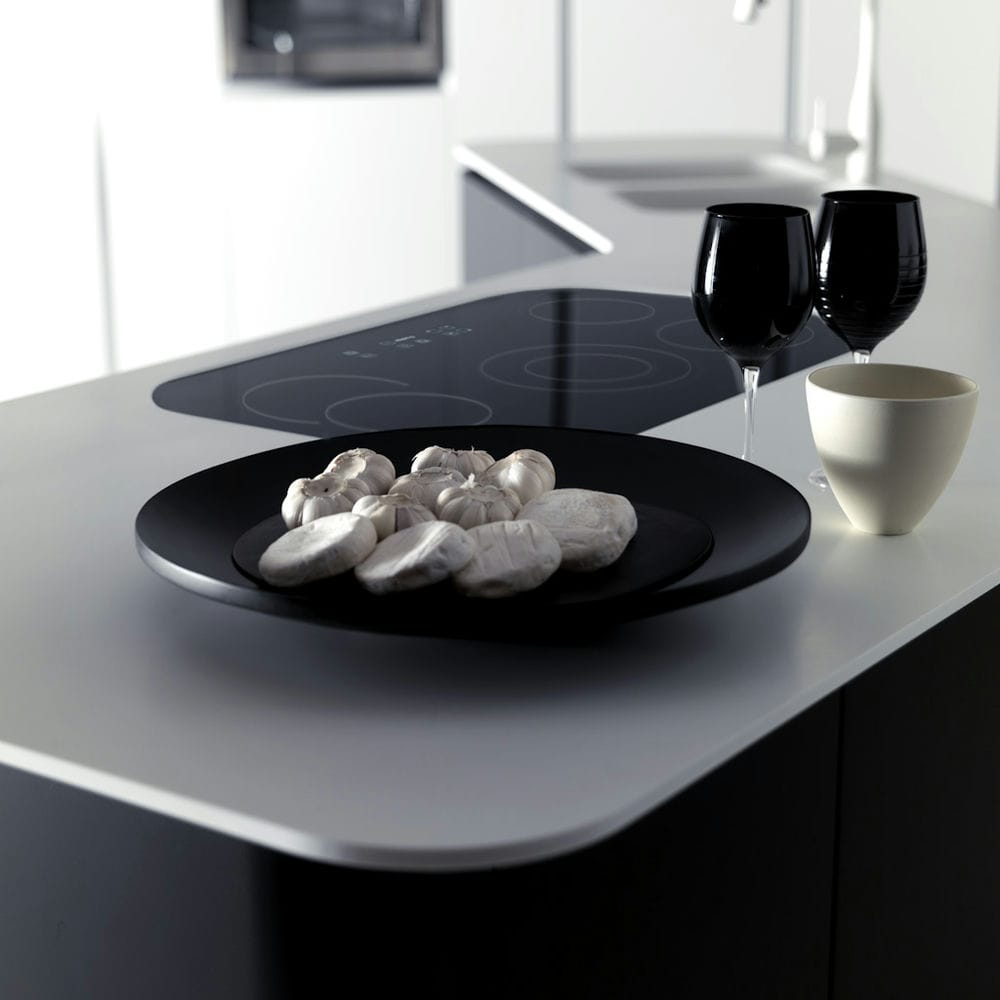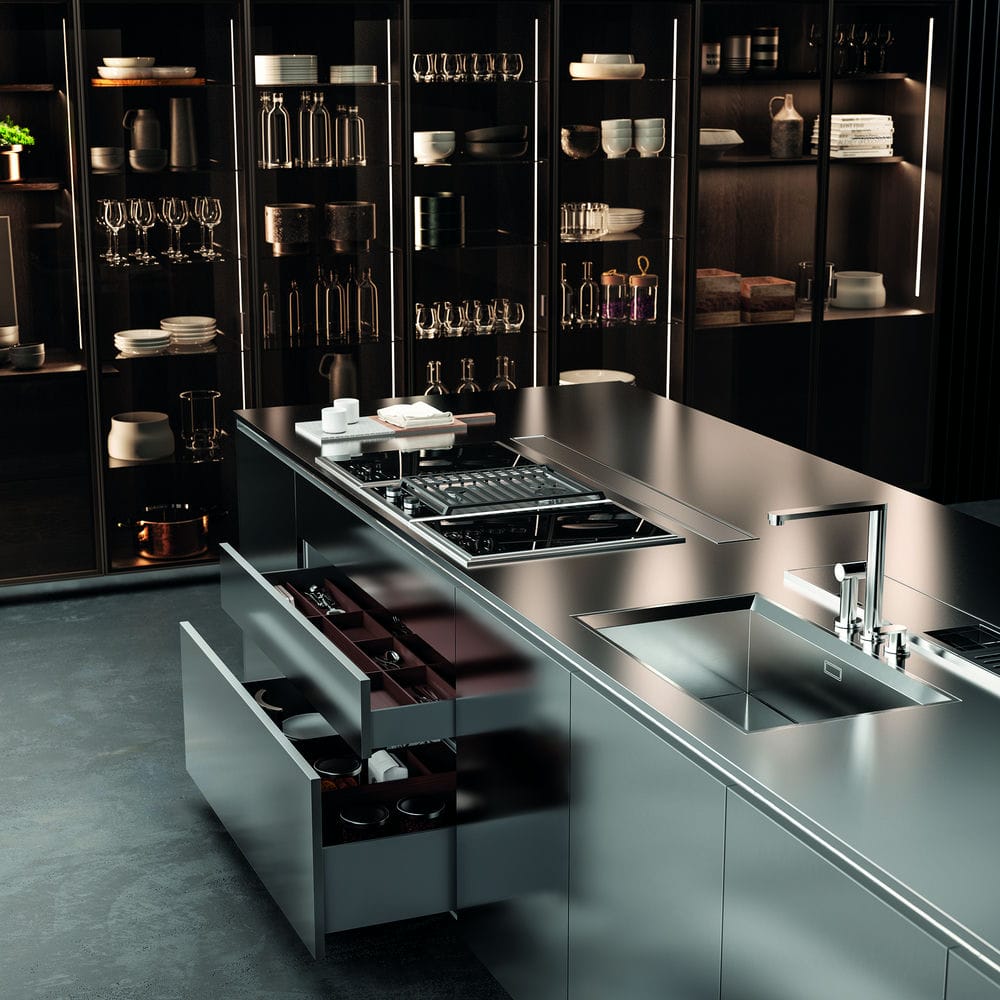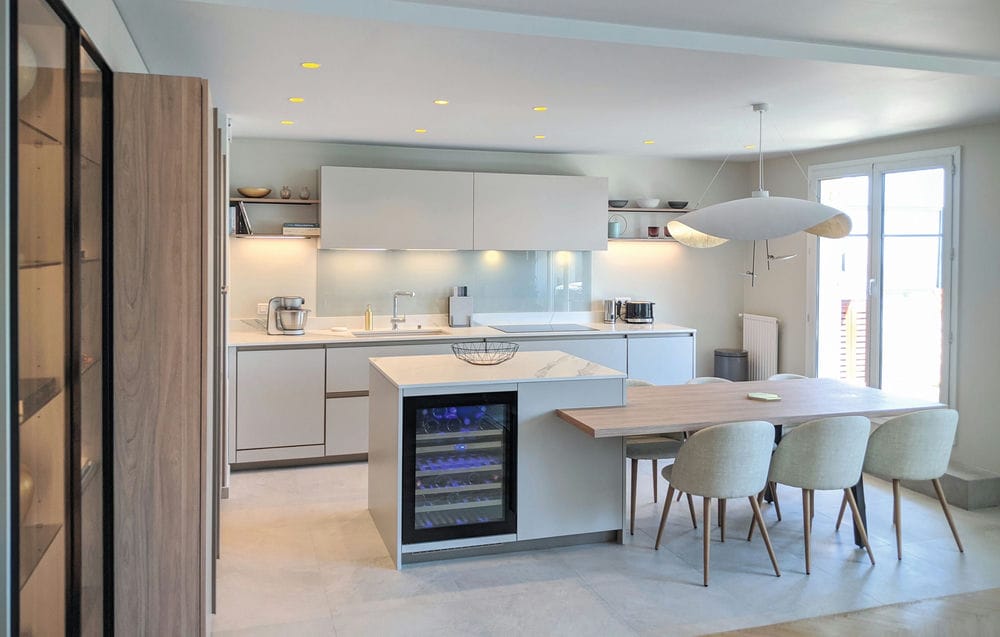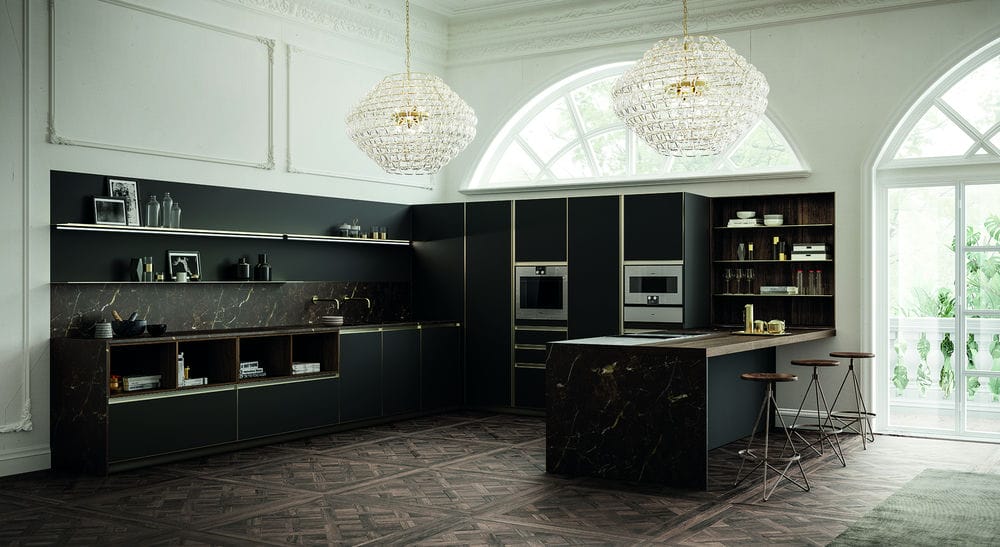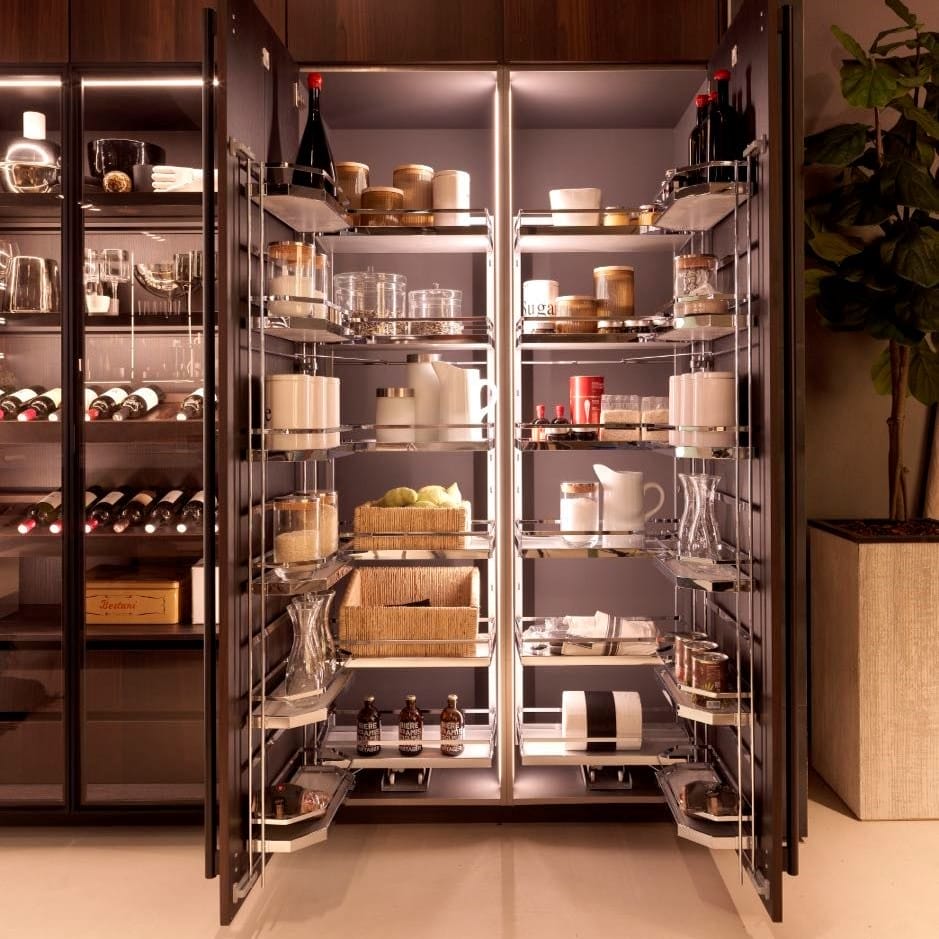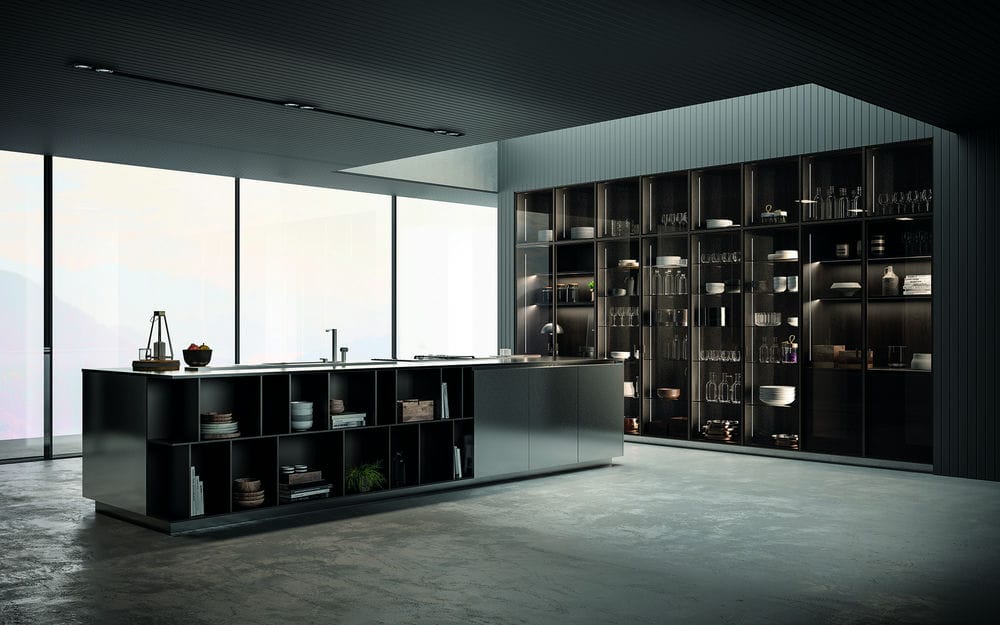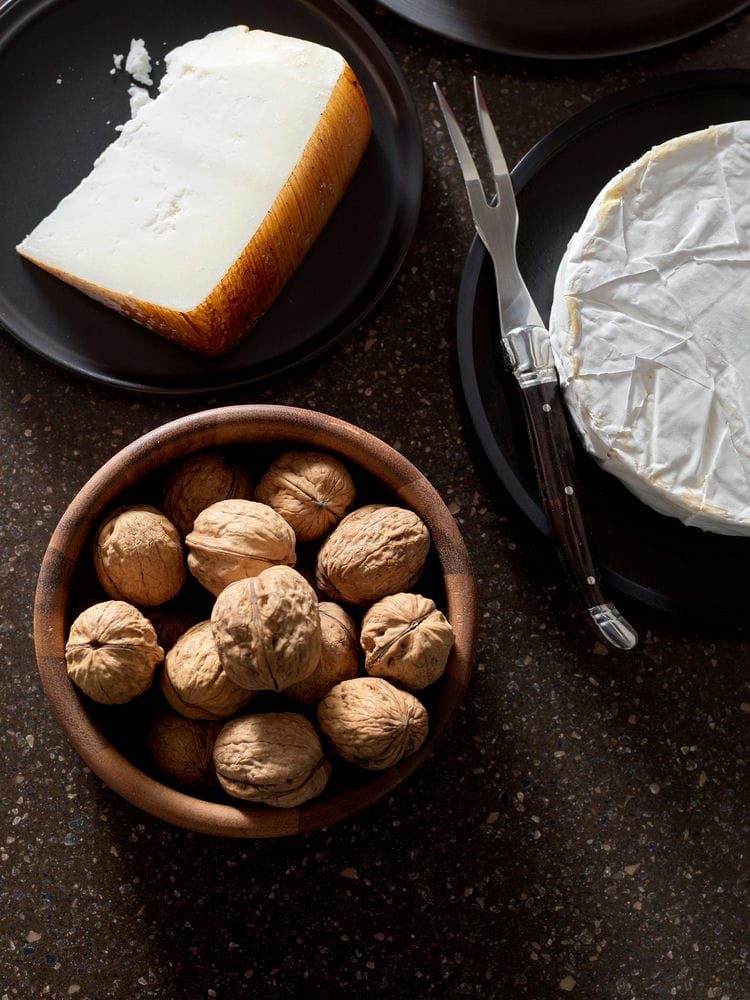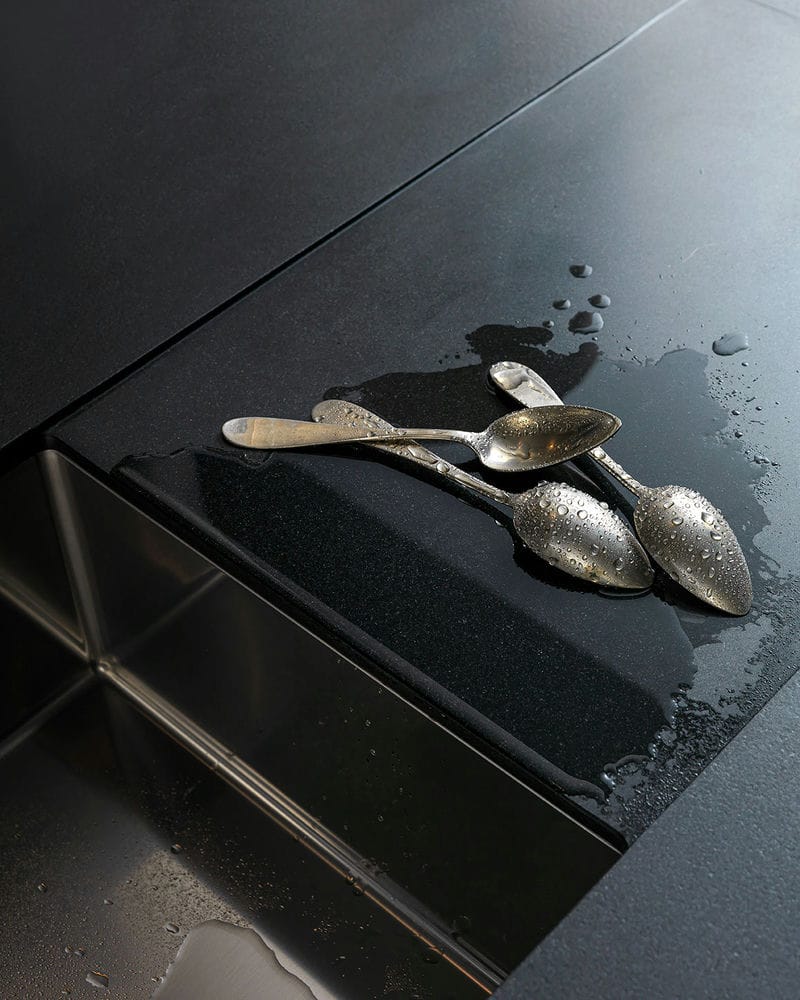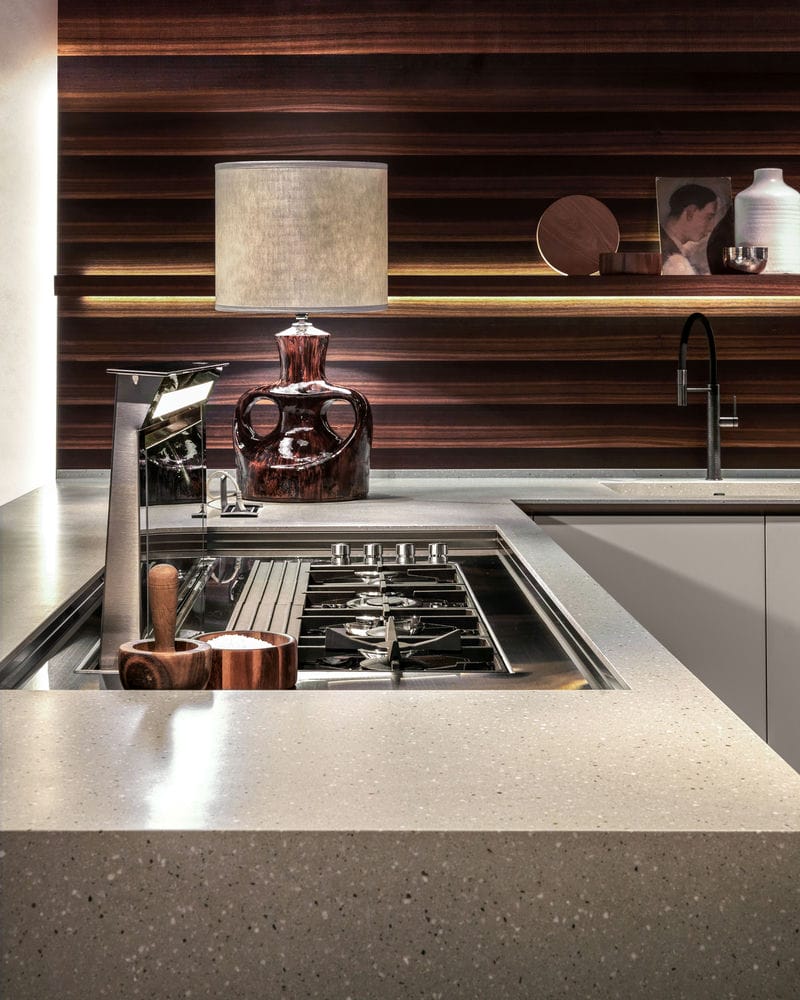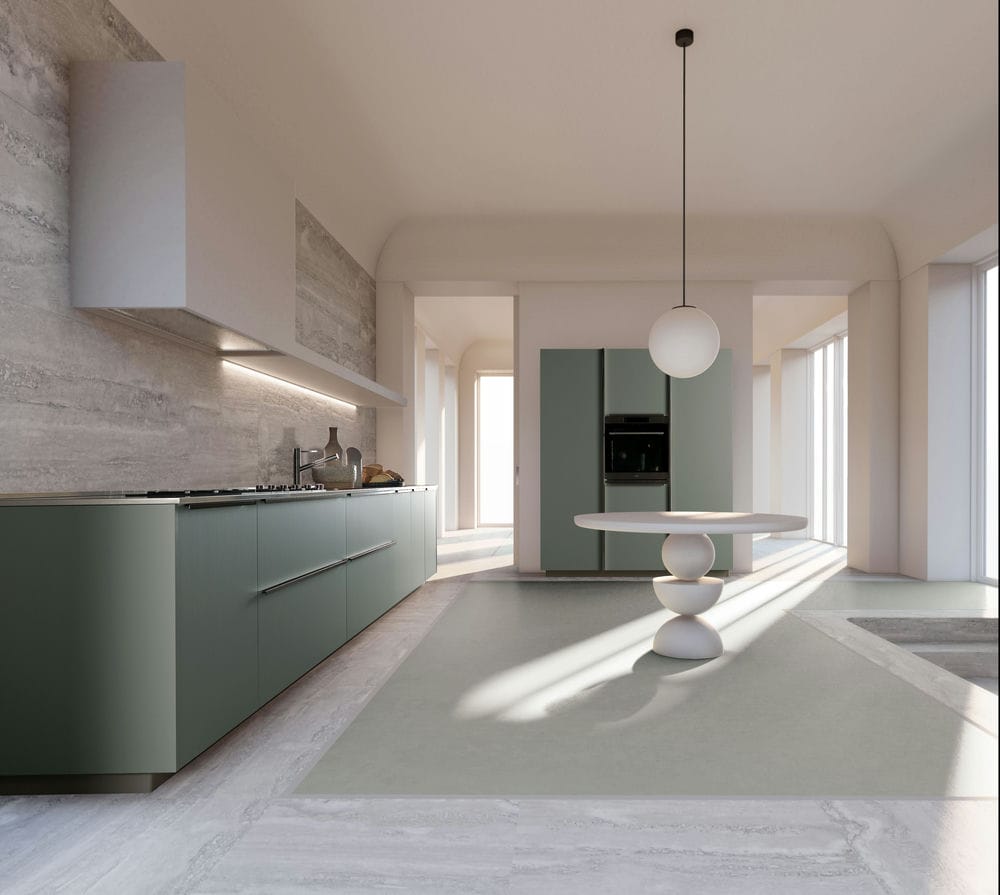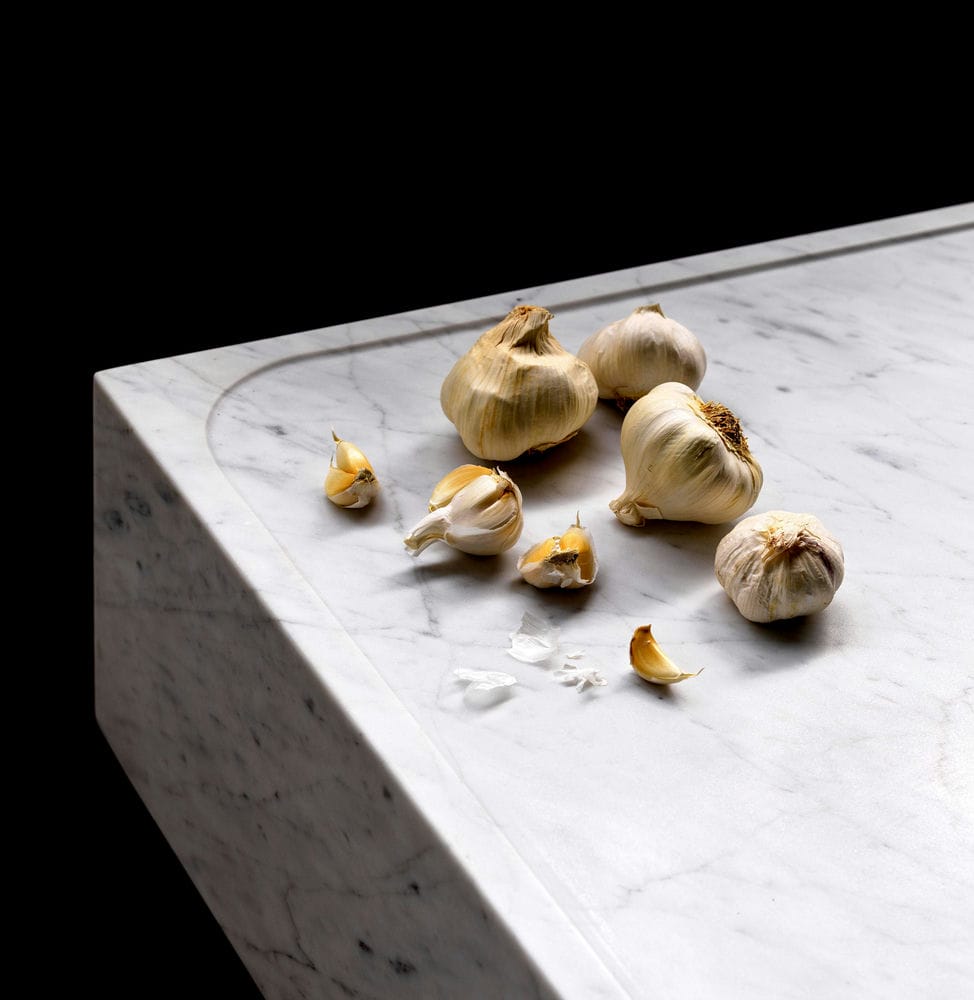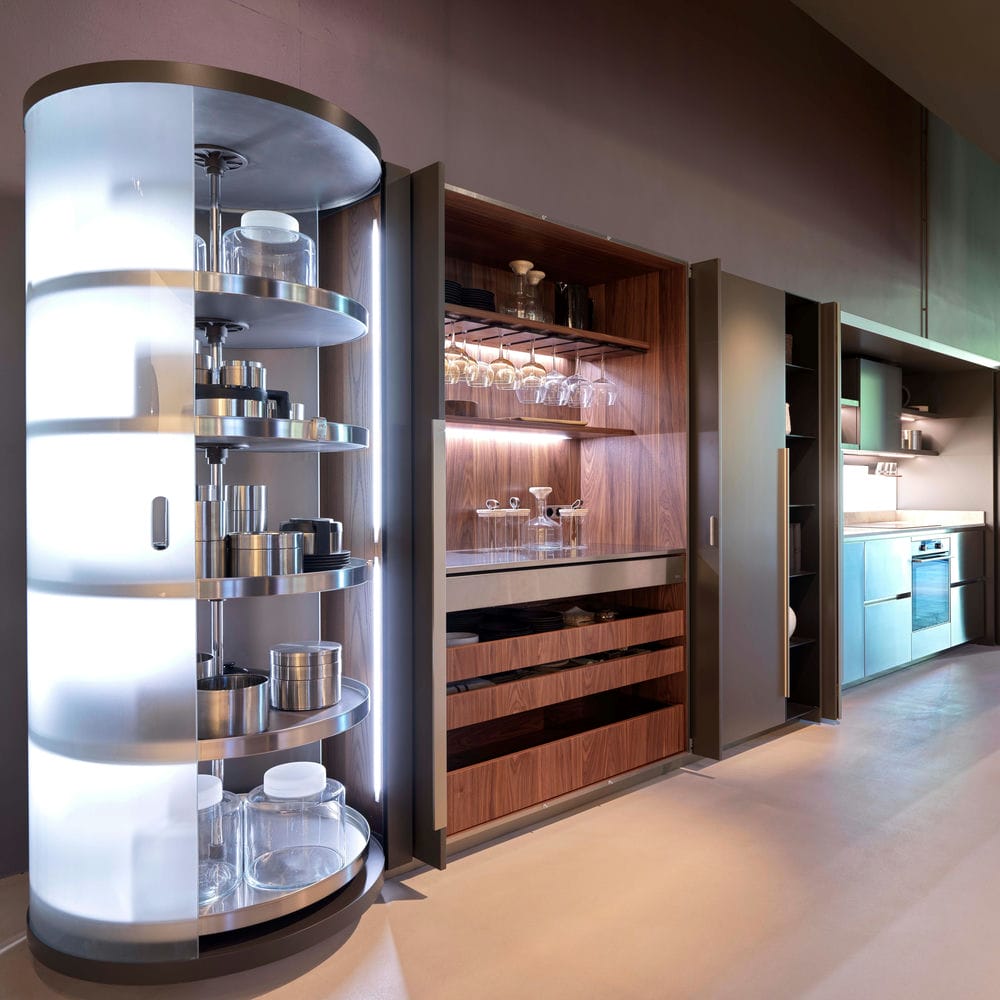
Design kitchens represent a blend of functionality and aesthetics, offering innovative solutions to optimize space and enhance practicality in the culinary environment. Industry experts provide valuable advice for creating modern and functional kitchens capable of meeting daily needs with style and comfort. Let’s discover them together!
Organizing Space and Planning a Smart Layout
The first step to optimizing a design kitchen is to study a layout that maximizes the available space, taking into account the dimensions, shape, and functions of the kitchen. Additionally, there are numerous solutions available today to maximize every inch of available space, ingenious storage systems worth considering during the design process. We recommend paying particular attention to:
- Central Island: It’s an element that improves space management for meal preparation and creates an informal dining area, providing additional storage space and fostering a convivial atmosphere.
- Full-Height Cabinets: They’re an ideal solution for utilizing vertical space and ensuring greater storage capacity. Cabinets with sliding, hinged, or disappearing doors can be chosen according to preferences and needs.
- Triangle Distribution: It’s an ergonomic criterion that involves arranging the three main functional areas of the kitchen (cooking area, washing area, and storage area) to form a triangle, ideal for reducing movements and facilitating operations.
Choosing Quality Materials and Finishes for Your Design Kitchen
The choice of materials and finishes significantly impacts both the aesthetic appearance and practicality of a design kitchen. Therefore, it’s important to opt for durable, high-quality materials and finishes. The choice is entirely subjective, based on individual taste and needs. However, it’s crucial to adequately research the maintenance requirements of the materials under consideration before making a decision.
- Low-Maintenance Surfaces: These surfaces require less care compared to others and retain their characteristics over time. Among the most common materials are quartz, laminate, stainless steel, and glass for countertops; laminate, wood, glass, and aluminum for cabinets.
- Lighting: it’s a fundamental element for creating a functional and welcoming environment. It’s recommended to combine general lighting, which uniformly illuminates the entire kitchen, with specific lighting that highlights work, cooking, and dining areas. Pendant lights, recessed spotlights, LED lights, or other devices can be used to create the desired effect.
Integrating Cutting-Edge Appliances and Technology
The integration of cutting-edge appliances and technology is another key aspect to make the design kitchen more practical and functional. Increasingly popular and accessible are appliances and devices that offer high performance, reduced consumption, and smart functionalities. Here are some examples:
- Smart Appliances: These are appliances that connect to the internet and can be controlled remotely via smartphones, tablets, or voice assistants. For example, refrigerators with touchscreen displays that allow users to access recipes, shopping lists, and food expiration dates, or Wi-Fi-enabled ovens that can be programmed and monitored from a distance.
- Technological Integration: It’s the ability to create an interconnected and automated environment, thanks to the use of integrated USB outlets, wireless charging stations, security systems, smart thermostats, and other devices that simplify daily activities and improve comfort.
Customizing with Style and Creativity
Finally, to achieve an optimized and practical design kitchen, it’s important to personalize it by choosing a palette of colors, textures, and decorative elements that reflect your personality and taste. You can follow these guidelines:
- Colors and Textures: Colors and textures are elements that can influence mood, perception of space, and the harmony of the environment. Some people might prefer light and neutral tones for walls and furniture to create a sense of open space and a sober, elegant atmosphere. Others may opt for brighter or darker colors to add personality and character to accessories, chairs, or complements, creating contrasts and dynamism. It’s important to remember that furnishing choices reflect individual preferences.
- Functional Decorative Elements: These are elements that add style without compromising functionality. You can integrate elements such as floating shelves or artistic utensil hangers. Additionally, you can use paintings, plants, mirrors, or other objects that add color to the kitchen.
By following the above-mentioned advice, you can create a design environment that harmoniously combines functionality and practicality. Contact us for further advice from our experts!




